The term "customer development" is gaining more and more popularity, attracting not only startups that create digital products but also offline businesses owners. Everyone who works with products is advised to communicate with customers and ask them the right product questions. However, “CustDev” is not only about conducting interviews.
Andriy Zapisotskyi, Growth Marketing Lead of Mailtrap, and Anna Dzegilevich, Product Manager at Jooble, explain customer development, why it is so important, and share several ways to collect customer feedback in addition to traditional interviews.
Overall, customer feedback helps to save product development costs, build MVPs much faster and create the product the market needs, rather than fall in love with "brilliant ideas" that are not supported by relevant data.
While in-depth interviews provide a lot of useful information on product use, there are many other tools to help you take a broader view of business challenges and opportunities.
What kind of customer development feedback channels exist, and what are other ways essential for obtaining feedback for B2C and B2B products? Let’s discover further in this article.
Interviews with users
Interviews allow you to collect comprehensive information about customer thoughts, feelings, behavior, and beliefs. They are great for problem validation, person research, customer journey maps, value proposition design, user tests, and much more. If you need to know what people think about your product, other feedback channels are easier to scale and are better suited. You can also use information customers provide when, for example, contacting the support service.
Discover more insights on conducting user interviews in this practical guide.
Customer Surveys
While interviews are not mandatory for all your questions and hypotheses, as they take up a lot of resources, it is important to understand that with the help of surveys, you will not get in-depth insights or detailed answers, as during the interview.
The method is best used to test hypotheses for relatively simple questions but across a larger number of users. You can collect survey data automatically by using customer feedback tools which lets you build multiple survey types for gathering both quantitative and qualitative data in a shorter form compared to interviews.
Surveys like collecting NPS are the best fit for quantitative analysis, while others such as the Product-Market Fit Surveys are used to gather more information and hypotheses, which can be delved into during further interviews. For example, after completing a scooter ride, Bolt usually asks to rate your ride, while after a Slack call, the system offers to rate your experience.
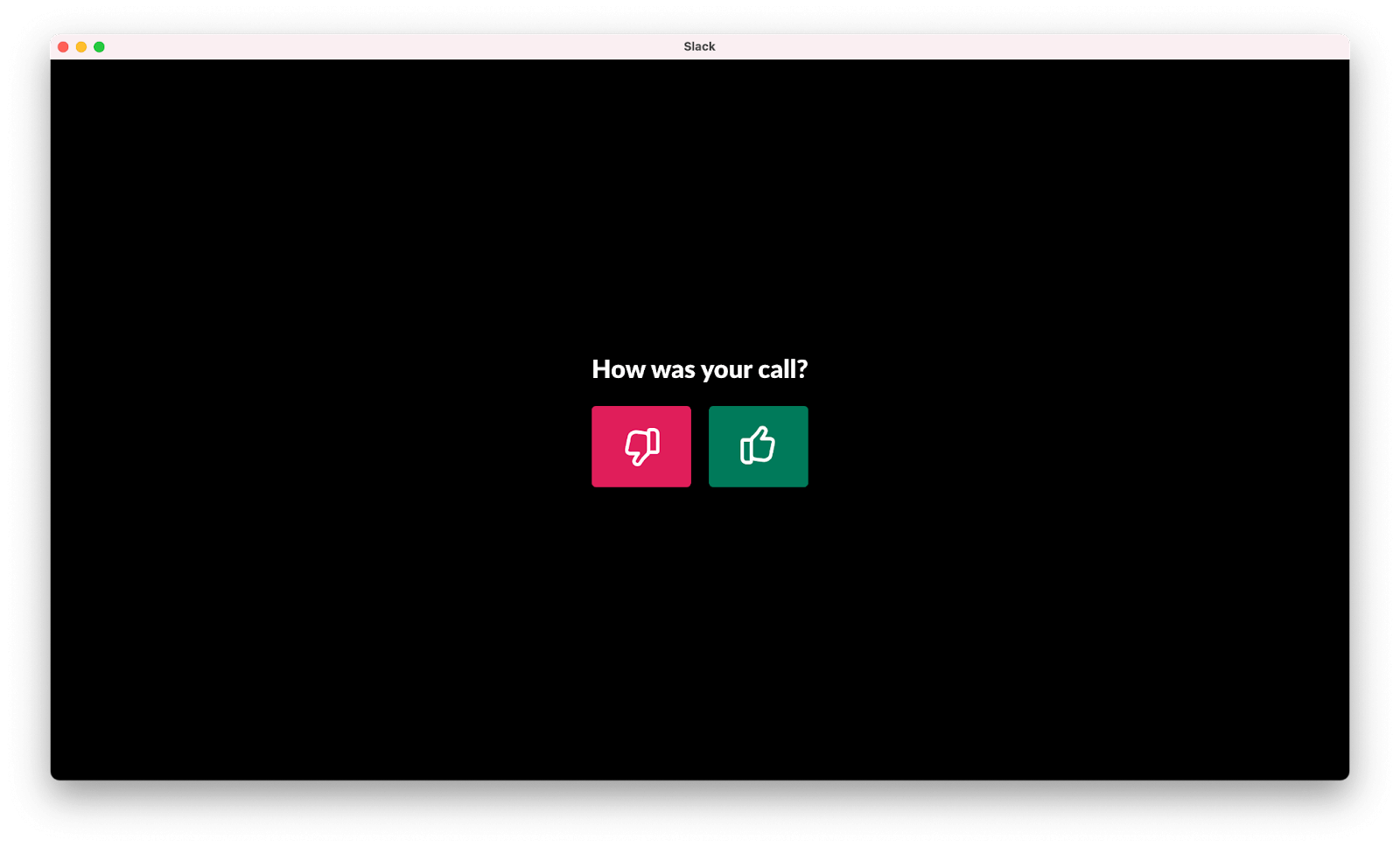
Outputs from sales and account management teams
If you have a sales force and still don't communicate with them, you lose most of the feedback. Through these channels, you can find out why customers buy your product and why they don’t, reasons for choosing you over competitors and vice versa, what their pain points are, or why people stop using your services. In addition, this is an excellent opportunity to get quick feedback from customers about product changes or new functionality.
Media and blogs posts
Blog posts in social media are a non-obvious yet effective channel for getting feedback. People may be writing about your product with you being absolutely unaware. Thought leaders' personal blogs are a great channel to test messages and better understand the way people perceive your product.
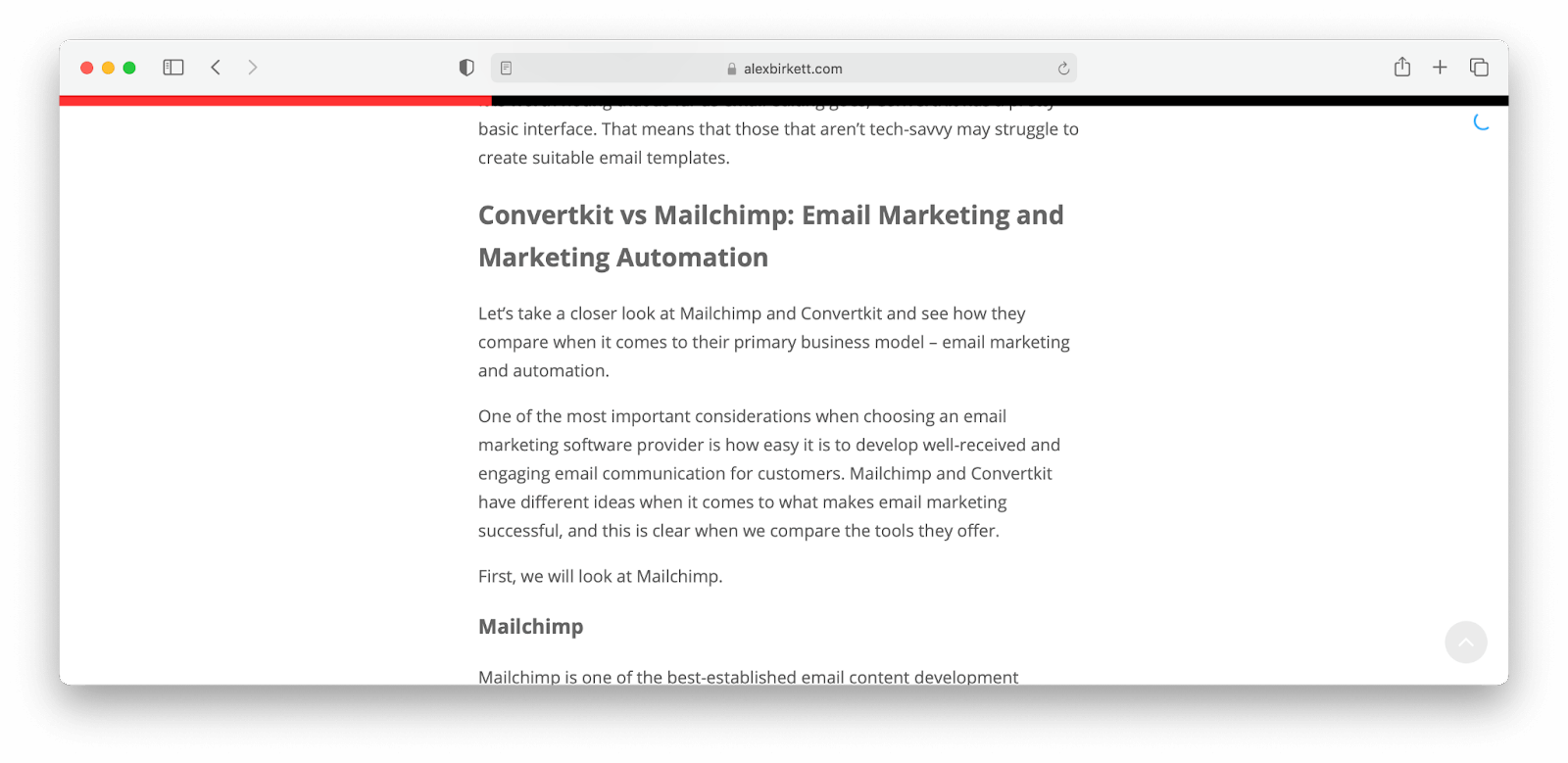
Product and behavioural analytics
Analytics is a valuable tool to understand the current product state with data insights. From funnel conversions to identifying problems, growth points, evaluating the effectiveness of new functionality, and the result of testing hypotheses. Only a few consider analytics a part of feedback collection, but we are in favour of a holistic approach to understanding our users. Feedback is not only the information you receive through verbal communication but also user behaviour. It is also an excellent opportunity to confirm or refute the information obtained during the interview. For example, the customer can say that he often uses particular product functionality or needs a specific localisation, etc. However, the analytics might show precisely the opposite.
Read this guide on Simple steps to effective product research – Part 1: Getting started.
Social media channels and review platforms
Feedback on social media channels is one of the fastest. If something goes wrong with the product or you roll out the significant product update, it can be obtained. Traditionally, when an algorithm breaks down, or a user discovers a technical problem, they instantly share it on Twitter. There are many monitoring applications you can customize and receive notifications about new mentions of your brand.
Facebook ad campaigns, for instance, occasionally collect product grudges or delights in the comments.
If we talk about such platforms for reviews like G2, Captera, and others, it is often the feedback that influences the further decisions of future customers to make a purchase or not. Pay attention to these channels and encourage your users to leave reviews on such platforms.
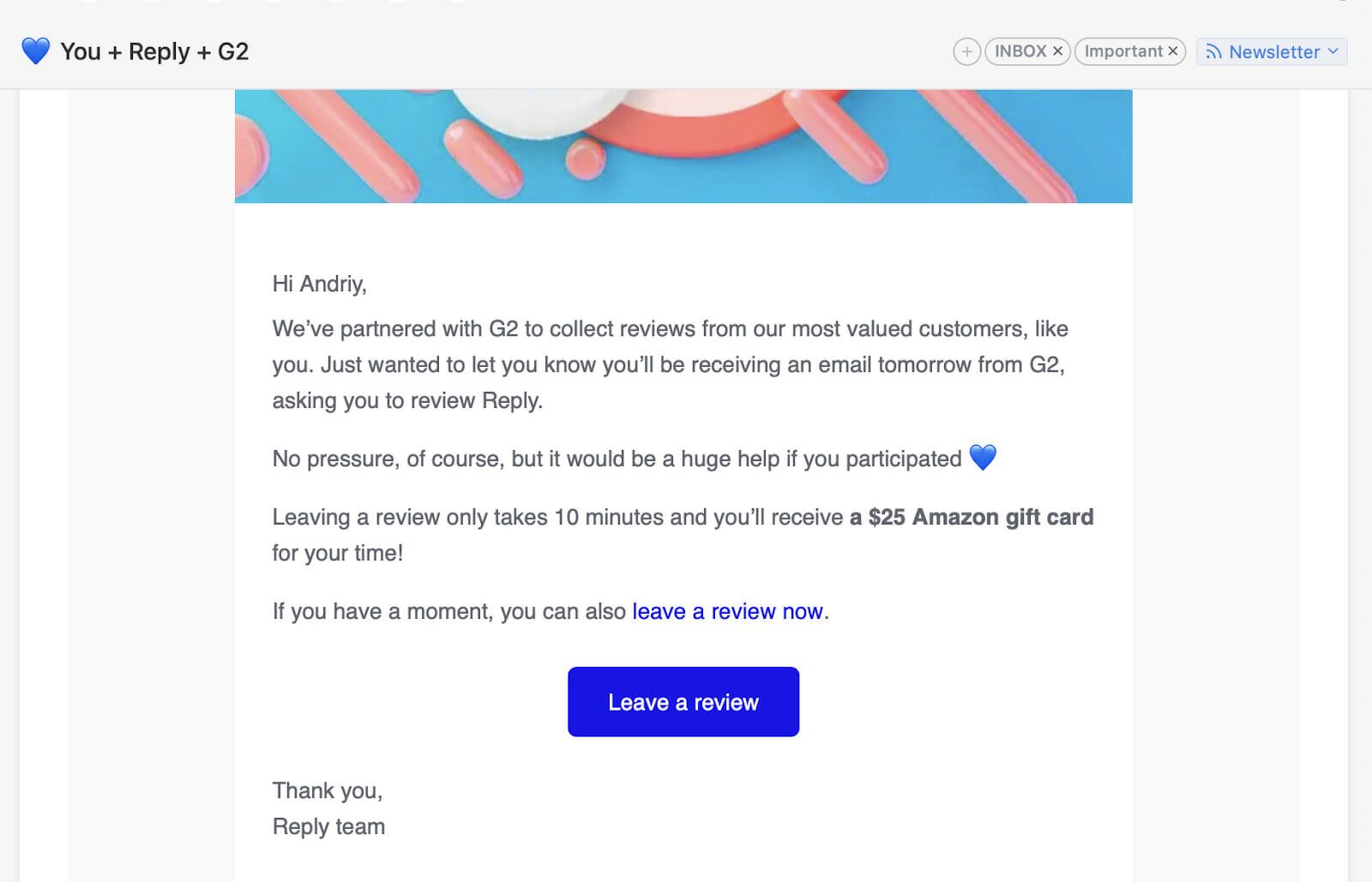
Customer support chats and success teams
Product customer support and success teams get tons of messages from satisfied and disappointed users daily. Every message is an insight that, if tagged correctly, will allow you to group and analyze requests for usage patterns. It is a waste not to use this channel as one of the priority ones in your work. User messages can qualitatively help you test hypotheses and solve problems faster.
Heat maps or Hotjar-like tools
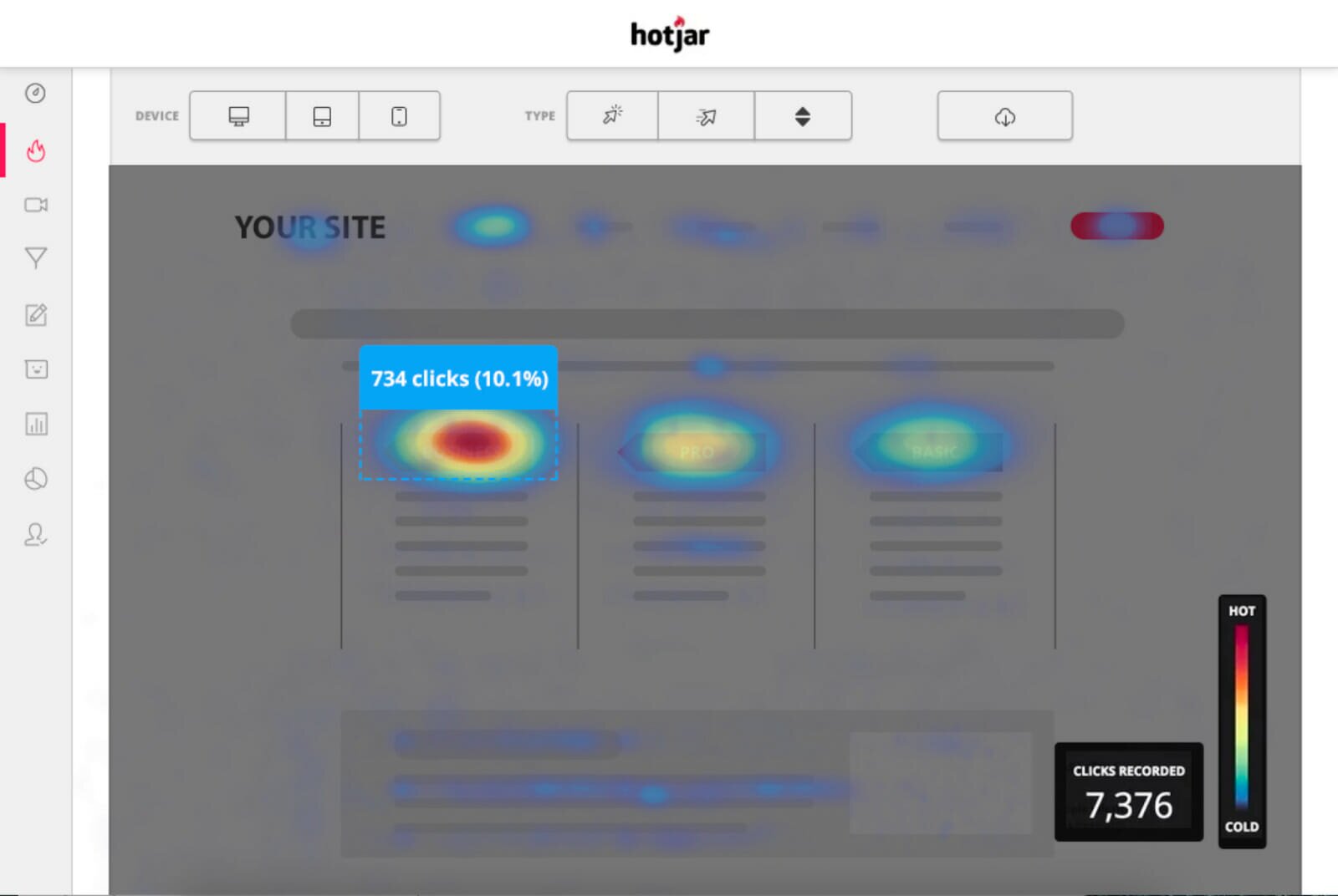
Have you released a new feature and want to understand user behaviour on the site? With heat maps and user session recordings, you can easily track and analyze all their actions. The tool comes in handy not only for product managers but also for designers and marketers. HotJar, Plerdy, Mouseflow are only a few great examples of such tools.
Community Forums
While being an old-school method, it still proves effective. On forums, people often ask questions, exchange advice, and seek solutions to their problems. The perfect opportunity to validate a hypothesis, get insights, or, in fact, helpful product feedback. Many startups were founded thanks to the validation of their ideas on forums.
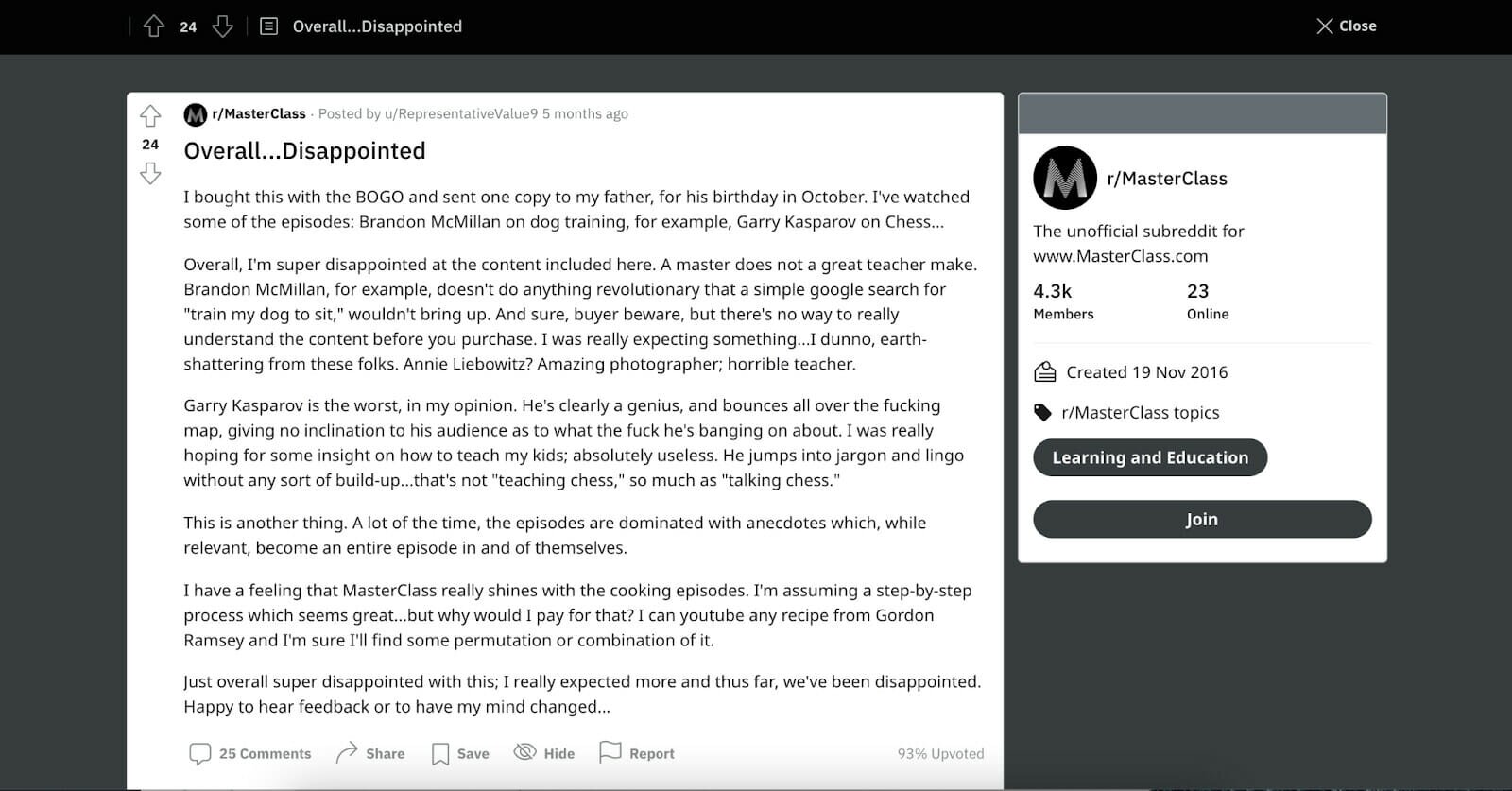
Different channels are often complementary, and, for example, user comments from feedback platforms can be a good pool of hypotheses that can be validated with data or during interviews.
Not all of these methods will work in the same way for B2B / B2C products. It depends on the stage of product development, its niche, and its direction. For some businesses, you can conduct UX interviews and A/B tests, while for others, user interviews may be the only channel for obtaining quality customer insights. One of the advantages of B2C products is that the quantitative base in a stable company is measured by millions of users, which speeds up the validation of hypotheses, whether it’s a test of content copy, CTA, or a new landing page. B2B products, in return, are just evolving, and it often requires a lot of effort to conduct at least five customer interviews.
Now that we've looked at the most effective channels to gain customer feedback from, stay tuned for part two, where we'll be delving into the best ways to summarize and process it. In the meantime..discover more insights on customer research.







